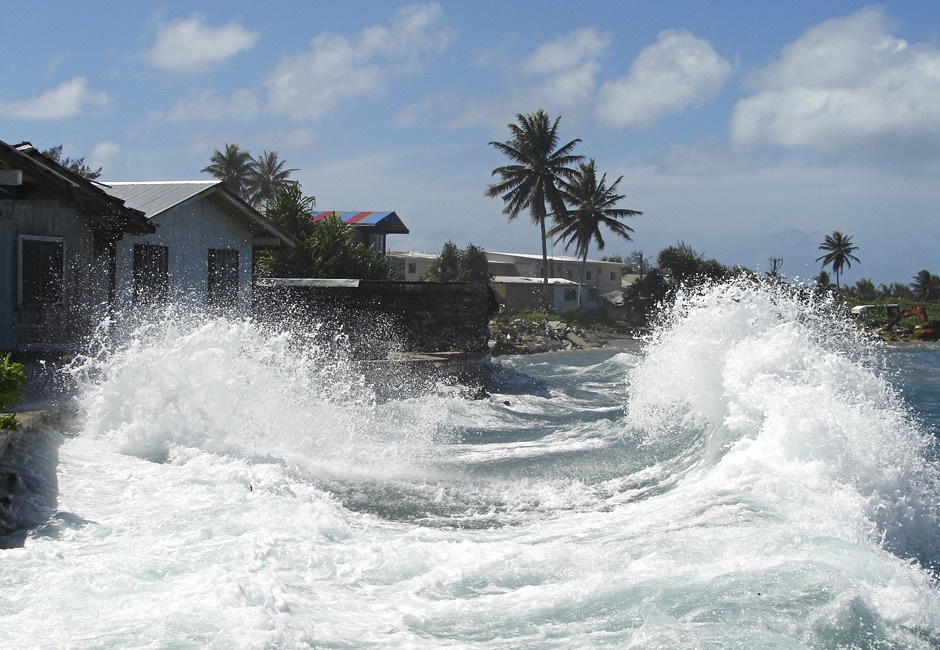Can you cut 1 Tonne of carbon pollution out of your life?
Take the challenge“Solutions for climate change are on the table. They are ours for the taking, let us have the courage to grasp them” – Ban Ki-moon, United Nations Secretary General.
After 13 days of negotiations, an historic agreement has been reached between close to 200 countries that is being hailed by many as a turning point in the fate of the world we live in.
So what do you need to know?
All parties have agreed that they will hold temperatures:
"Well below 2°C above pre-industrial levels and to pursue efforts to limit the temperature increase to 1.5°C above pre-industrial levels".
The mention of 1.5°C is especially pertinent for low-lying Pacific Island nations, but we'll get to that later.
Currently, we're tracking close to a rise of 3°C so there will need to be a rapid shift towards 100% renewable energy if we are to meet this agreement. There have been pledges from governments of developed nations and tech giants to the tune of billions that will be invested in renewable energy sources. For developing countries, the money needed to make this shift was understandably a sticking point during the negotiations. So, as part of the agreement US $100bn per year, up to 2020, and more after, will be provided to help them do so.
Included in the deal is the clause for five yearly reviews to check in on how each country is faring at reducing their carbon emissions to a net zero level. The interesting point here is that the agreement is not legally binding. So there will be no legal or financial repercussions for countries found to be lagging behind. It's a 'scout's honour' system that will rely on diligence from world citizens to hold their Governments and large corporations accountable.
What's in a number?
There's a lot to like about the Paris deal - the fact that an agreement was even made for starters – but there was a continual debate about the 2°C limit being agreed. Those in low-lying Pacific Island nations have warned that the decision to keep warming below 2°C pre-industrial levels will not be enough to save their way of life and that only 1.5°C would be acceptable.
Many residents of those nations, such as Kiribati, quite literally have climate change lapping at their front doors.

Image: The Guardian
See more: Artist documents climate change that is happening now
Read more: Why Kiribati is considering 'migration with dignity'
While the end result was a conservative 2°C, the idea of 1.5°C did get an honourable mention with the agreed countries pledging, "to pursue efforts to limit the temperature increase to 1.5°C above pre-industrial levels".
And, an intergovernmental panel on climate change will produce a special report on the impact levels at 1.5°C warming and what a necessary emissions pathway would look like to get us to that number. It's not a complete win, but in the slow race to net zero, it's something.
There is considerable elation from world leaders and citizens alike that climate change has finally been recognised for the threat it is, and that we are finally putting steps into place to rectify the damage we have done to our world. However, the real work starts now. We must come good on our agreement and make both serious policy and lifestyle changes if we are to follow through on our commitments.
You can read the full Paris agreement here.
Banner image: The Guardian

